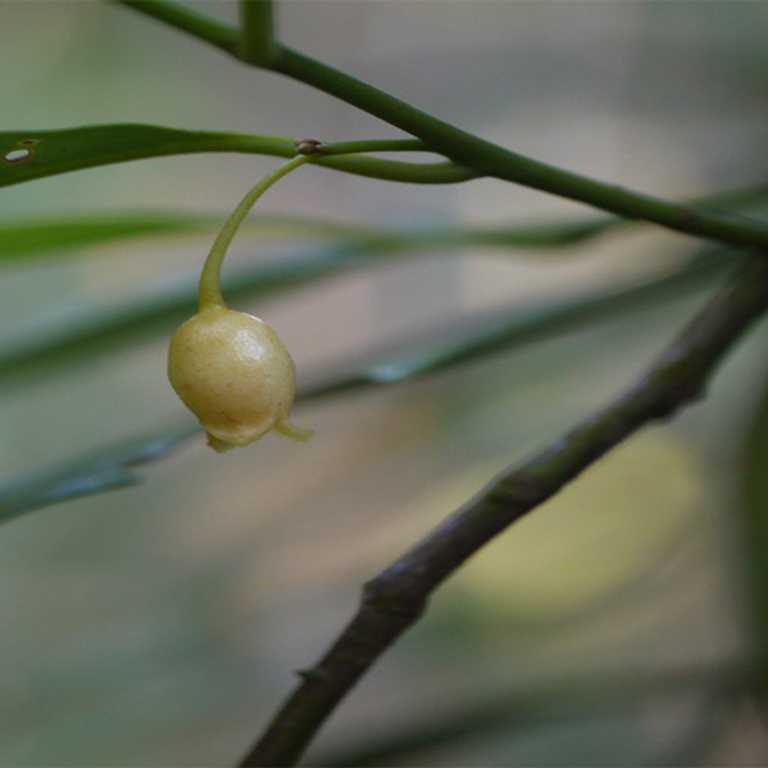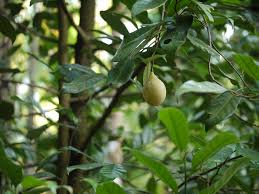Table of Content
FSSAI Standards for Mace (Jaipatri)

The Indian spice mace belongs to the Myristicaceae and its scientific name is Myristica Fragrans. Nutmeg & Mace are two distinctly different spices produced from a fruit of an evergreen tree which is usually 9-12 meter high. Mace is a dried outer ‘aril’ of the fruit firmly enveloping the kernel and nutmeg is the dried seed kernel of the fruit. It has a strong aromatic flavor and is a resinous spice that is warm in taste. Mace characteristically has a higher concentration of certain essential oils and features refined yet intense aroma than nutmeg and uses commonly in every Indian household. In Hindi mace is known as Javitri, Javinthri, Gayatri.
Mace is originally grown from the nutmeg tree in Molucca Islands in Indonesia. The Portuguese controlled the Mace trade until they were driven out by the Dutch in 1602. In India, it grows in the Malabar region, Kerela.

FSSAI standardizes Mace into two types and is applicable to both manufacturer and importers:
- Mace (Jaipatri) whole
- Mace (Jaipatri) powder
Mace (Jaipatri) whole means the dried coat or aril of the seed of Myristica fragrans Houttuyn. It shall not contain the rail of any other variety of Myristica nalabarica or Fatua (Bombay mace) and Myristica argenea (Wild mace). It should possess the characteristic aromatic flavor; free from foreign odor and mustiness. Below are the standards the Food Business Operator (FBO) needs to follow:
| S. No. | Parameters | Standards |
| 1 | Extraneous matter | Not more than 0.5 percent by weight |
| 2 | Moisture | Not more than 10.0 percent by weight |
| 3 | Total ash on a dry basis | Not more than 4.0 percent by weight |
| 4 | Ash insoluble in dilute HCl on a dry basis | Not more than 0.5 percent by weight |
| 5 | Volatile oil content on a dry basis | Not less than 7.5 percent by v/w |
| 6 | Insect damaged matter | Not more than 1.0 percent by weight |
| 7 | Nutmeg in mace | Not more than 1.0 percent by weight |
1. Mace (Jaipatri) powder means the powder obtained by grinding dried coat or aril of the seed of Myristica fragrans Houttuyn. It shall have characteristic aromatic flavor free from foreign odor and mustiness. Food Business Operators must comply with the following standards before the sale of Mace powder:
| S. No. | Parameters | Standards |
| 1 | Moisture | Not more than 10.0 percent by weight |
| 2 | Total ash on a dry basis | Not more than 3 percent by weight |
| 3 | Ash insoluble in dilute HCl on a dry basis | Not more than 0.5 percent by weight |
| 4 | Volatile oil content on a dry basis | Not less than 5 percent by v/w |
| 5 | Crude fiber | Not more than 10 percent by weight |
| 6 | Non-volatile ether extract | Not less than 20.0 and not more than 30.0 percent by weight. |
Both Mace whole and powder shall be free from mold, living and dead insects, insect fragments, rodent contamination, and any added coloring matter.
The products failing to comply with these standards may face the penalty, product recalling and the import shipment may be rejected on ports. In the year 2018, several shipments have failed basis non-compliance with standards for Mould, Moisture, parameter Volatile oil content (on dry basis) parameters that exceeded the maximum permissible limit. Hence must be assured before dispatching the same in the market.
References:
- Regulation 2.9.12 (1) & (2). FSSR (Food Products Standards & Food Additives), 2011. Food Safety and Standards Authority of India
Enquire Now
To enquire about our services please complete the form below and we will be in tough with you as soon as possible
Food Regulatory Services
- Consumer Product
- Compliance Services
- Licenses